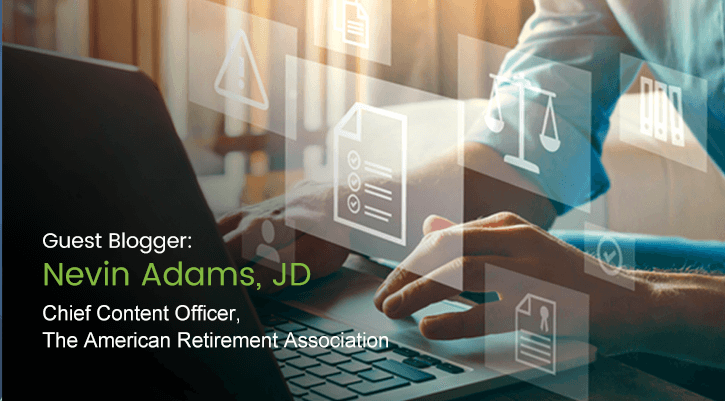Every retirement plan has participants, which means sooner or later every retirement plan will also have ex-participants. As any employer who sponsors a retirement plan knows, those ex-participants sometimes go missing. And that can be a real problem for retirement plan fiduciaries.
Most are likely aware of the fiduciary obligation to keep accurate records. However, many are less aware of their obligation to take “appropriate steps” to ensure that participants and beneficiaries receive their full benefits when due. What are the appropriate steps? First let’s examine why they matter.
Unclaimed benefits are a growing concern among regulators. In fact, Jeanne Klinefelter Wilson, former Principal Deputy Assistant Secretary of Labor for the Employee Benefits Security Administration, recently noted that, “In fiscal year 2020 alone, EBSA’s investigators helped missing and nonresponsive participants recover benefits with a present value in excess of $1.4 billion.”
Fortunately, the Department of Labor (DOL) recently published a triple dose of guidance related to helping retirement plan fiduciaries meet their ERISA obligations involving the distribution of retirement benefits to missing participants.
What You Can (and Should) Do
Plan fiduciaries will likely find the first document in the package, “Missing Participants: Best Practices for Pension Plans”, to be most helpful. It outlines key best practices you will want to include in your process for keeping up with missing participants. These best practices are outlined under four broad headings:
01 Maintaining accurate census information for the plan’s participant population.
This includes contacting participants – current AND retired, as well as beneficiaries – on a periodic basis to confirm or update their contact information. It also includes putting contact information change requests into your plan communications, reminders to advise the plan of any changes in contact information, and flagging undeliverable mail/email and uncashed checks for follow-up.
02 Implementing effective communication strategies.
Start by using plain language and offering non-English language assistance when and where appropriate. Build steps into your onboarding, exit and enrollment processes to confirm or update contact information. Confirm information needed to determine when benefits are due and correctly calculate the amount of benefits owed. Be sure to advise employees of the importance of ensuring the plan has accurate contact information at all times.
03 Documenting procedures and actions.
Every good plan fiduciary appreciates the importance of documentation – both as a record of actions taken and a roadmap for future consideration. When it comes to keeping up with missing participants, this requires writing down their contact information and keeping it current. You will also want to ensure your recordkeeping provider does their part in maintaining plan records and participant communications and documenting those practices.
04 Conducting missing participant searches.
Despite your best efforts to maintain contact, participants often move and/or change names without communicating that information or leaving a forwarding address. This is where the rubber hits the road for most plan fiduciaries. The beneficiary information can provide some solid leads, and so can social media. If you can track down your grade school sweetheart on Facebook, there’s a pretty good chance you can leverage social media to do some of the heavy lifting. Broad-based search engines like Google, as well as paid services that use credit searches and such, can serve as valuable resources in your search efforts.
The place you should probably start – – and one cited in the DOL guidance – is the National Registry of Unclaimed Retirement Benefits®, a member of the PenChecks® family. This free public service is designed to help employers, plan fiduciaries, and former employees locate each other so the former employees can claim their overlooked or abandoned retirement money.
What better way to find “Waldo,” reunite your ex-participants with the benefits they have earned, and fulfill your responsibilities as a plan fiduciary? It also helps your plan and your business avoid potential issues with federal agencies down the road.
About the Author
Nevin E. Adams, JD, is Chief Content Officer for the American Retirement Association, a non-profit organization dedicated to educating retirement plan and benefits professionals and creating a framework of policy to enable every working American to have a comfortable retirement. He has extensive experience in senior management at large financial services organizations and as a writer, editor and thought leader in the retirement plan industry.
The views expressed in this article are those of the author and do not necessarily represent the views of PenChecks Trust©, its subsidiaries or affiliates.

0 Comments